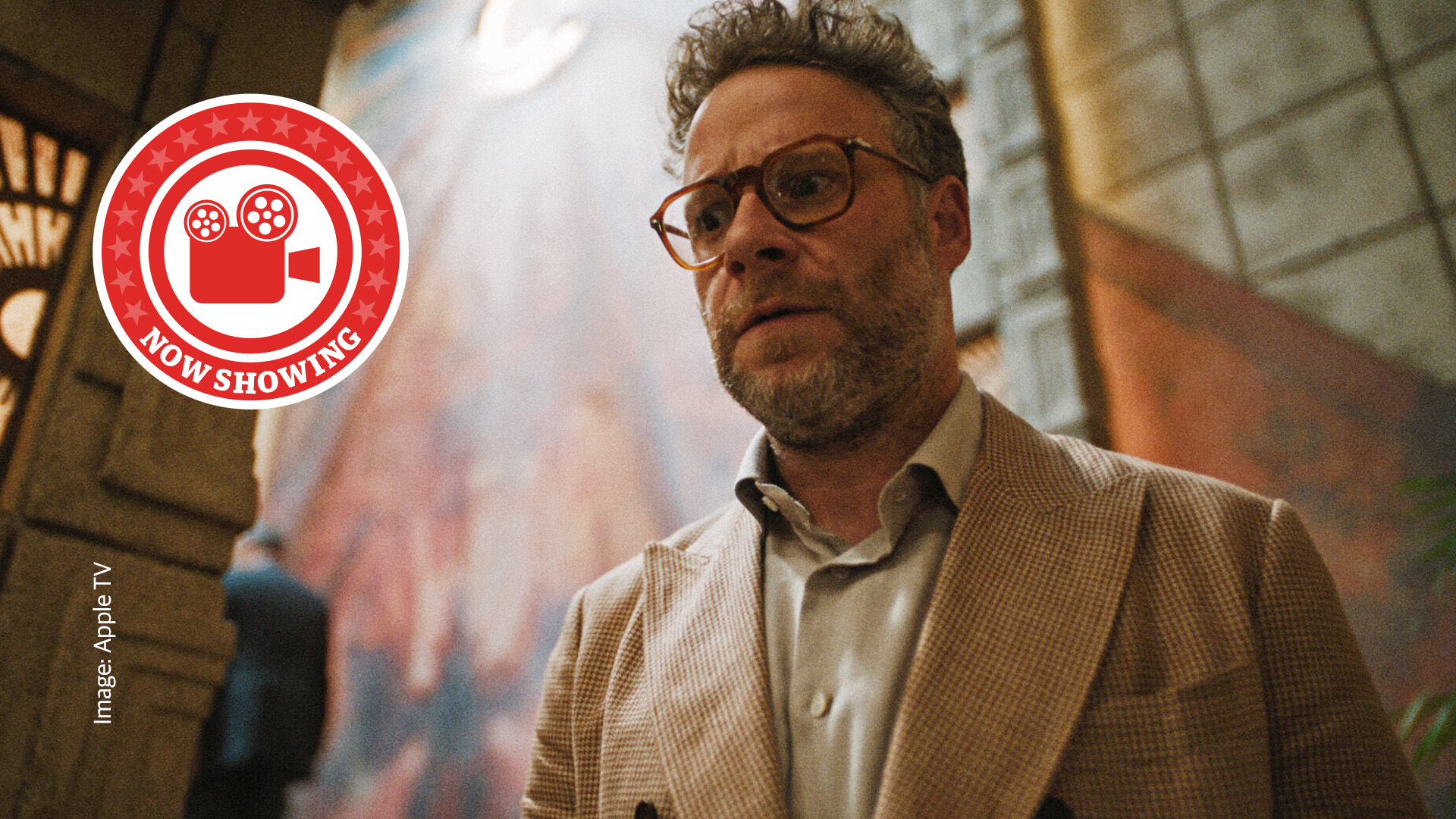Super-bright TVs make no sense, according to these Hollywood heavyweights
The colourists at the busiest post-production studio in Hollywood have no interest in going over 1000 nits

Brightness is the big battleground in TVs these days. Panel manufacturers LG and Samsung are embroiled in a oneupmanship contest that involves squeezing every last nit out of OLED technology (via MLA and QD-OLED respectively). Meanwhile, Sony is so convinced that an avalanche of super-bright movies (mastered on its new 4000-nit monitor, of course) is on the way that it has developed a new TV backlight that’s seemingly designed to shine brighter than it believes OLED ever will.
There’s just one problem with all of this: no one seems to have told the people producing the movies.
During a recent Panasonic-organised visit to one of Company3’s post-production studios in LA (Company3 exclusively uses Panasonic OLED TVs as its client-facing monitors), I was given the opportunity to speak to two extremely experienced and busy colourists. These are the people who take the raw footage of a movie or TV show (or advert, trailer, company promo etc) and turn it into the finished article, primarily (though far from solely) through the tuning of colours and contrast.
While I was ostensibly there to see how these colourists work (and, of course, be impressed by the fact that such perfectionists choose Panasonic OLEDs to display their efforts – which I was), the subject of ever-brighter TVs either came up during their presentations or was forced into the conversation by a nits-obsessed journalist (me). To cut a long story short, neither had any interest in producing content above 1000 nits – and that’s putting it mildly.
"You get blinded looking at that. I get a headache working on it”
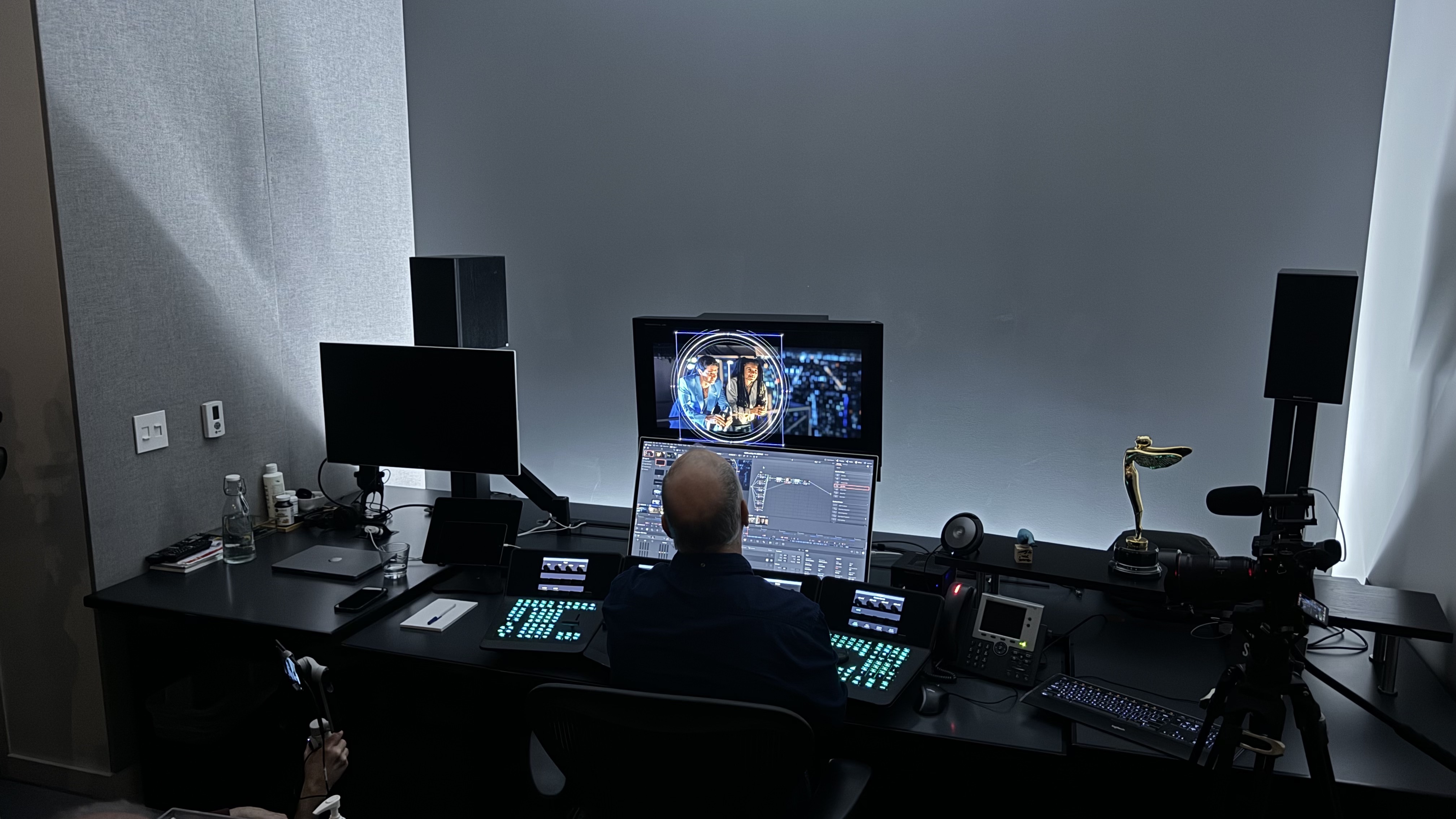
The first session was with Siggy Ferstl, whose official title is ‘Creative Post Council Co-Lead’ but who is more regularly referred to as a ‘Supervising Colourist’ or ‘Finishing Colourist’ – essentially the top rung of the Colourist ladder. He said that he was currently working on two titles (both for Netflix), one of which he had set to 250 nits and the other to 750 nits. The latter, he explained, was a “modern space thing” that Netflix wanted to be “clean and sharp”, yet it seems he felt that 750 nits was plenty to deliver the required look: “Not everything needs to be 1000 nits”, he said.
When I asked him whether any clients were asking for more than 1000 nits, his reply was categorical – “no, definitely not” – and when the subject of 4000-nit monitors came up, he was even more effusive: “That's crazy business, right? You get blinded looking at that. I get a headache working on it.”
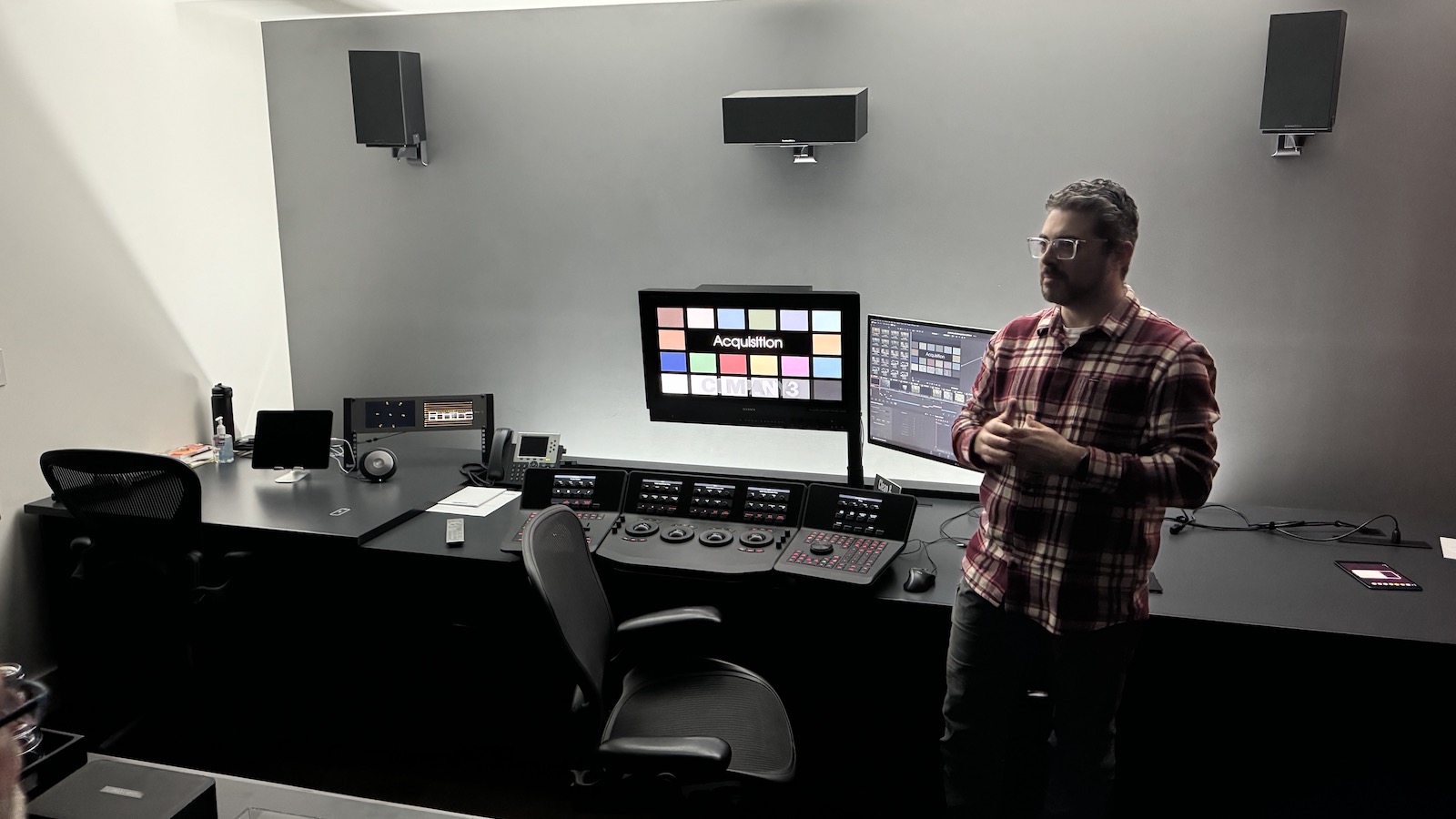
His colleague, Cody Baker, gave us a full demonstration of how he tunes the contrast for a scene. “The general delivery spec right now states you can go up to 1000,” he says. “And in future [we] can go up to even 10,000, which would be pretty blinding.”
The latest hi-fi, home cinema and tech news, reviews, buying advice and deals, direct to your inbox.
Baker went on to say that “the HDR toolbox is great to have because it's so much bigger, we have so much more room to work with; but it also becomes an exercise in restraint.” Like Ferstl, Baker isn’t totally averse to deploying 1000 nits at times (“I use this a lot in Star Trek, whenever there's a big space battle or something,” he says), but he seemingly sees no need to go beyond that.
“For us, HDR isn't about bright, it's about dark”
Our visit also included a talk by Mike Chiado, Company3’s Chief Technical Officer, who has for the past 27 years been responsible for, among many other things, the design and development of the company’s many locations and the equipment that goes in them. He readily waded into the brightness debate:
“For us, HDR isn't about bright, it's about dark,” he said. “That's what we enjoy about it. Everybody keeps making brighter and brighter TVs – and thank you Panasonic for making brighter and brighter TVs – but we don't go up there. Our stuff doesn't go up there. It blinds people.”
Chiado did admit that the status quo might not last forever – “maybe it'll change when a generation of gamer colourists comes up and they have a whole different view of aesthetic” – and this will be what Sony, in particular, will be hoping for. But I got the sense from everyone I spoke to that they found it hard to imagine.
Sony will at least be pleased to hear that Mike Chiado did tell me that Company3 would be bringing in the brand’s new 4000-nit mastering monitor. Admittedly, he went on to say that’s primarily because it’s the only one that is still available (though non-Sony mastering monitors do of course exist), but that at least means that Company3 will have the ability to go beyond 1000 nits should the current crop of colourists (or the movie studios employing them) have a change of heart – or if the brightness-loving “gamer colourists” do one day materialise. However, I get the feeling that neither scenario is around the corner.
Why Company3's opinion matters
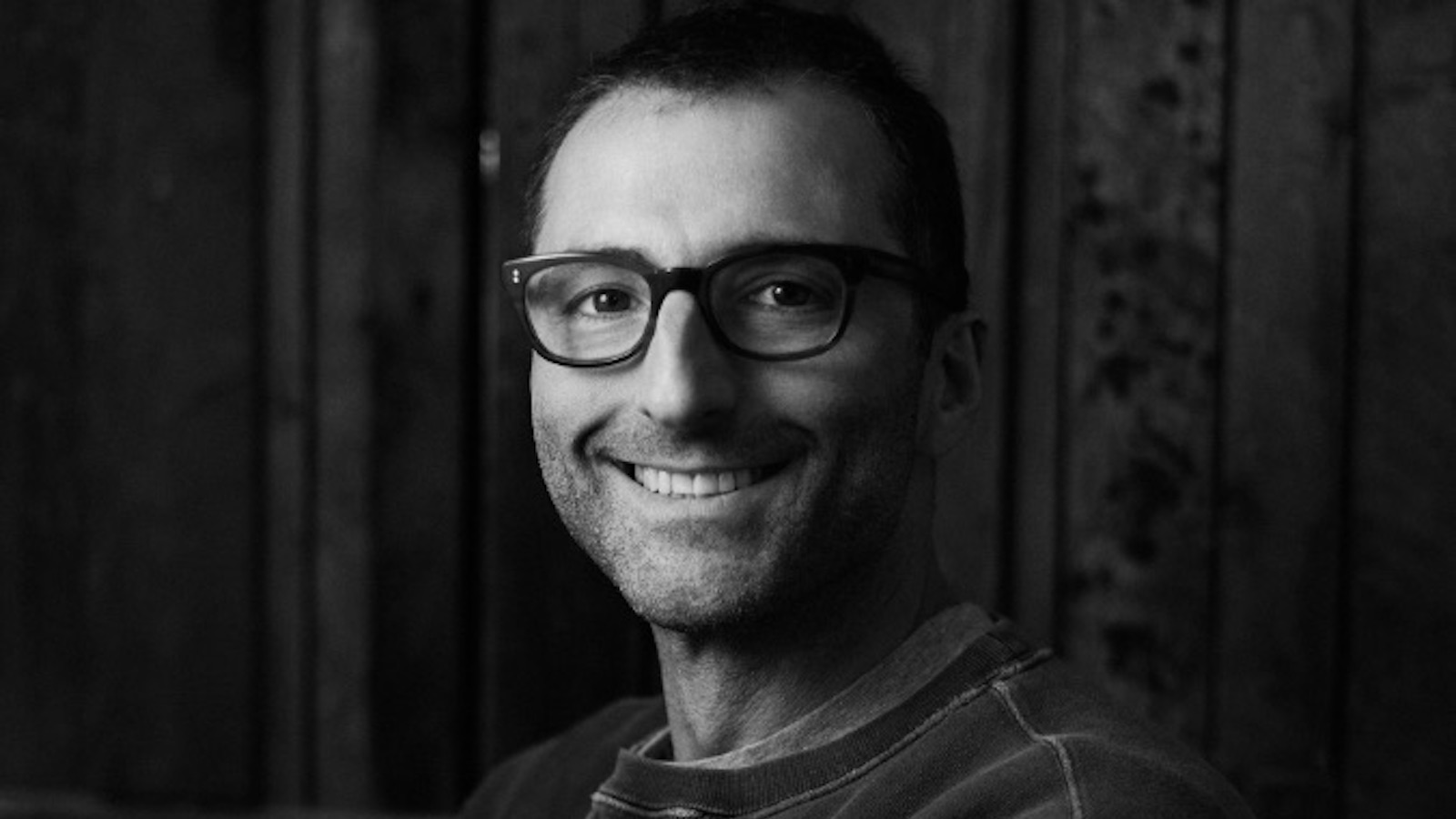
If you’re reading all of this and thinking “sure, but that’s just one post-production company”, you are, of course, correct; but Company3’s involvement in the movie and TV show industry appears to be massive. According to founder and CEO, Stefan Sonnenfeld (‘the da Vinci of the movies’, according to NPR), Company3 and its visual effects partner, Framestore, handle “80 per cent of the big titles you see, and then probably more than 50-60 per cent of the rest.”
Sonnenfeld’s own credits include Black Hawk Down, Lost in Translation, Collateral, War of the Worlds, 300, Cloverfield, The Hurt Locker, Top Gun: Maverick, several entries in the Mission Impossible, Pirates of the Caribbean, Transformers, Fast and Furious, Star Trek and Star Wars franchises, and a heck of a lot more besides. Company3 as an entity, meanwhile, was the post-production company on no fewer than eight of this year’s Oscar-nominated movies: Poor Things, Killers of the Flower Moon, Barbie, Maestro, Past Lives, Napoleon, Guardians of the Galaxy Vol. 3 and The Wonderful Story of Henry Sugar. In short, it seems clear to me that Company3’s opinion on this sort of thing matters, partly because it has exceptional experience and expertise in this area and, perhaps more pertinently, because it has the ear of countless directors and cinematographers and a similar number of Hollywood studios.
What does all of this mean for your next TV purchase?
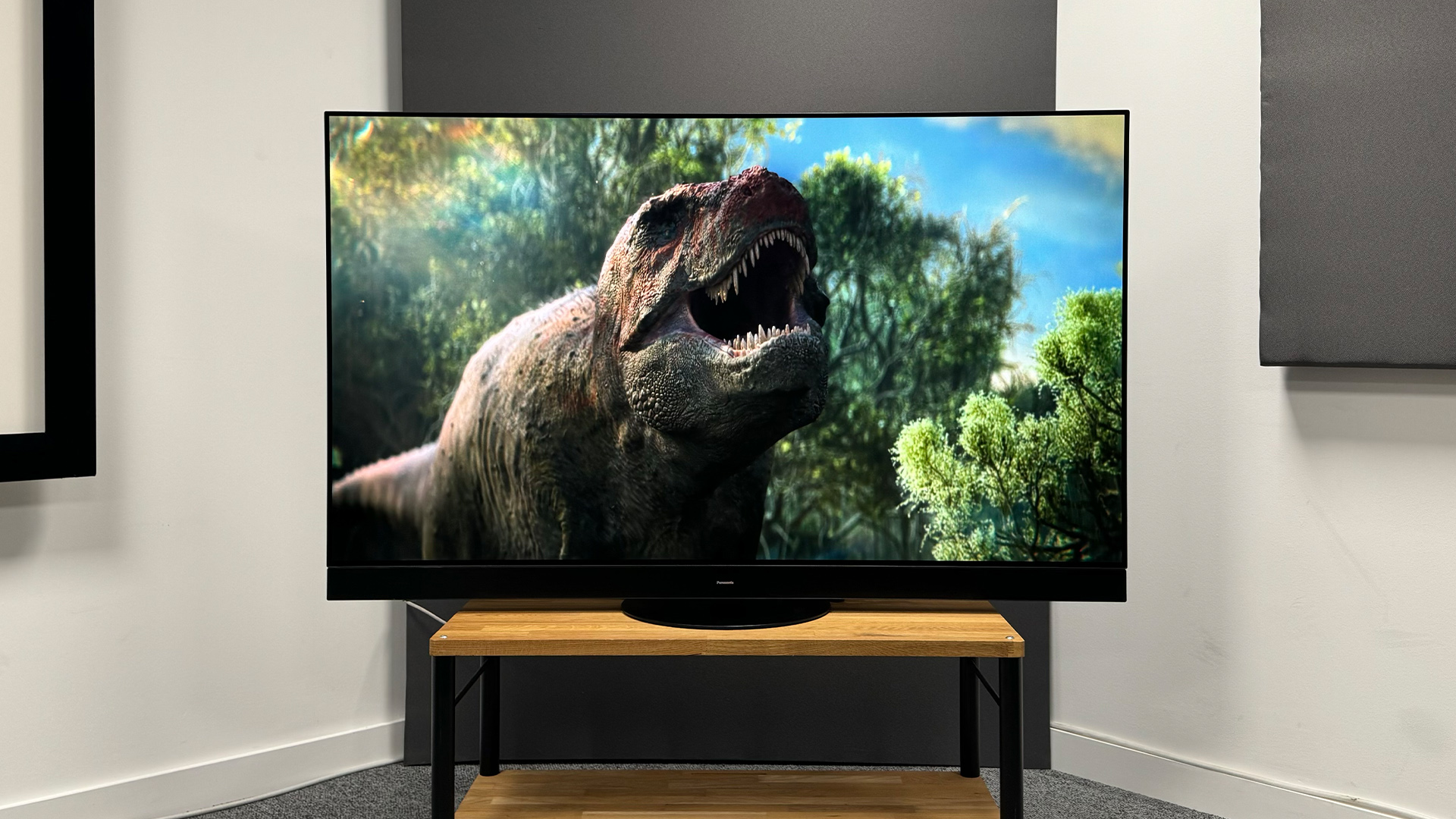
So, does all of this mean that a standard OLED TV capable of hitting 1000 nits is all that is necessary to deliver HDR movies and TV shows as intended? Sort of, but also no.
One issue for OLEDs in particular is that they can’t sustain brightness for anything other than a short time. A fair few can now hit 1000 nits, but only in a small portion of the screen and usually only for a few seconds. Large or prolonged bright elements will be dimmer than might have been intended.
Then there’s the ambient light issue. Movies are mastered for viewing in a pitch-black environment, but a 1000-nit highlight will lose its impact in a room with even a little bit of ambient light. It’s therefore well worth having a fair bit of brightness headroom for the sort of viewing conditions in which many of us regularly watch TV.
My personal view is that you should turn all of the lights off for serious movie or TV enjoyment, but a little bit of brightness headroom makes sense for those large or prolonged bright highlights. There are already MLA and QD-OLED models that fit this bill, though, such as the LG G3, Sony A95L, Panasonic MZ2000 and Samsung S95C, and I don’t see any need for a 4000-nit TV in anything like the foreseeable future.
MORE:
Is a 5000 nits Mini-LED TV better than an OLED? Not necessarily
2024 could be the year of insanely bright Mini LED TVs – and I have a concern
These are the best TVs you can buy right now
Tom Parsons has been writing about TV, AV and hi-fi products (not to mention plenty of other 'gadgets' and even cars) for over 15 years. He began his career as What Hi-Fi?'s Staff Writer and is now the TV and AV Editor. In between, he worked as Reviews Editor and then Deputy Editor at Stuff, and over the years has had his work featured in publications such as T3, The Telegraph and Louder. He's also appeared on BBC News, BBC World Service, BBC Radio 4 and Sky Swipe. In his spare time Tom is a runner and gamer.

